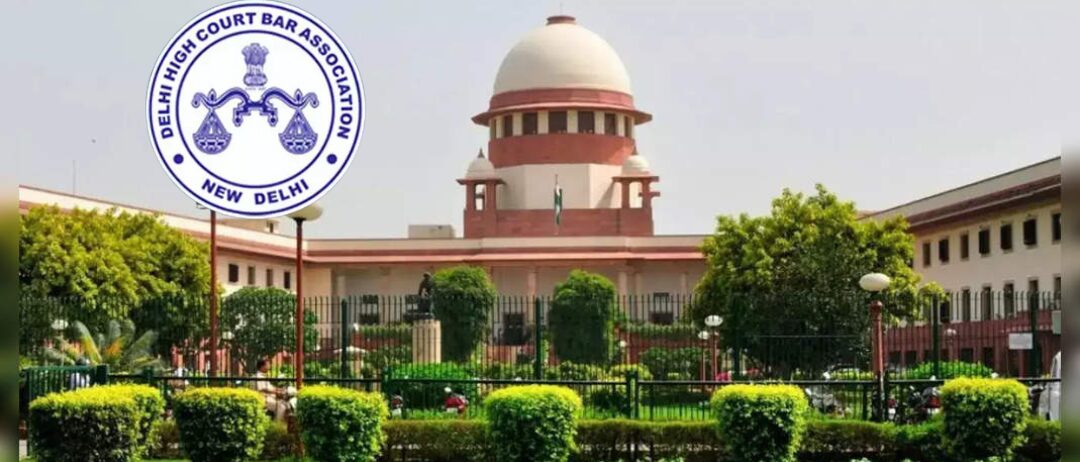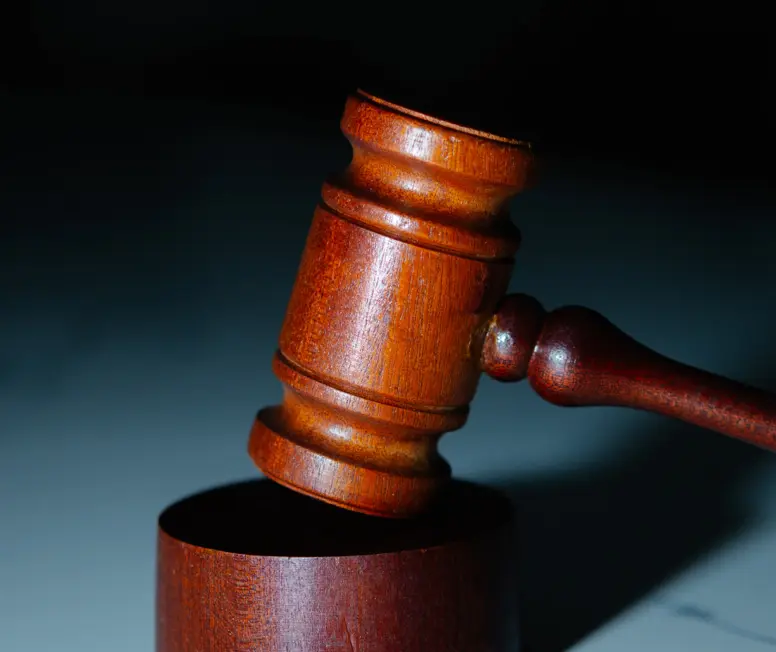Lawyer Rini Rao speaks about recent Supreme Court decision of female representation in Delhi High Court Bar Association(DHCBA) and how it is a small step in the right direction
In a progressive and much-needed move, the Supreme Court of India has ordered the Delhi High Court Bar Association (DHCBA) to convene a General Body Meeting (GBM) to explore the reservation of important posts—such as the Treasurer and other office-bearing positions—for women lawyers.
The Court also mandated that at least three out of ten Executive Committee members must be women, with one of them being a senior designated advocate.
This decision paves the way for increased gender representation, a vital step forward for equality in India’s legal profession.
"Legal debates on issues like family law, domestic violence, sexual harassment, and workplace equality are more relatable and informed when women are actively participating in leadership discussions."
Legal Precedents: An Emerging Pattern of Change
This ruling is not an isolated incident but rather part of a growing trend advocating for women’s representation in India’s legal institutions. Earlier this year, the Supreme Court ordered 33% reservation for women in the Executive Committee of the Supreme Court Bar Association (SCBA). In that case, the Bench directed that 1/3rd of the seats be reserved for women, including 2 of the 6 seats for Senior Executive Members, and 1 office bearer post on a rotational basis.
The recent petitions filed by advocates Aditi Chaudhary and Shobha Gupta, highlighting years of underrepresentation of women in Delhi’s Bar Associations, echoed similar concerns brought forth in the SCBA case and reinforced the need for systemic change. Notably, since the establishment of the DHCBA in 1962, there has never been a female president or secretary—a telling statistic about the gender imbalance in leadership roles.
2. Why Gender Representation Matters
The legal profession, often described as the “noble profession,” holds the essential function of protecting and upholding justice for all. However, when half the population struggles to have an equitable voice within its own governing structures, it is evident that justice—at both a professional and social level—remains incomplete.
First and foremost, women bring unique perspectives that not only enhance the representation of diverse legal issues but also humanize deliberations. Legal debates on issues like family law, domestic violence, sexual harassment, and workplace equality are more relatable and informed when women are actively participating in leadership discussions.
Moreover, the historical exclusion of women from top positions stymies the growth of upcoming generations of female lawyers. Representation invites talent, and talent invites progress. Women lawyers need role models they can look up to within the leadership structures of Bar Associations—aspirational figures whose successes and struggles they can study and draw inspiration from.

3. Moving Beyond Symbolism—Shifting Away From "Ceremonial" Roles
An essential aspect of the Supreme Court’s directive was its refusal to let women be relegated to ceremonial roles in the DHCBA. Initially, the petitioners had suggested reserving the Vice-President’s post for women, but Senior Advocate Meenakshi Arora aptly pointed out that this position carries primarily symbolic weight rather than substantive decision-making power. The Court’s decision to move the focus to the Treasurer’s position reflects a broader understanding—women advocates deserve real influence, not just tokenistic seats of power.
This insistence on reserving meaningful offices such as Treasurer, a key financial role, demonstrates the Court’s desire for long-lasting structural reform within these Bar Associations, rather than a superficial nod to gender diversity. It marks a significant shift in narrative—women should not merely be present; they should hold positions where they can drive change.
4. Addressing Age-Old Barriers
The battle for equal representation in the Indian legal profession has not been easy. Women lawyers have often found themselves facing implicit biases, professional handicaps, and outright discrimination. From underrepresentation in senior judiciary roles to exclusion from influential Bar Association positions, these barriers mirror broader societal issues: sexism, patriarchy, and the undervaluing of women’s contributions in public spheres.
However, the tide is turning. Prominent women like Justice Indira Banerjee (the Supreme Court’s eighth woman judge), and now Senior Advocates like Meenakshi Arora, are carving a path for younger generations of female legal professionals. The increasing focus on gender representation within Bar Associations—driven by judicial interventions—sends a message to the legal community: it is time to shatter glass ceilings within the halls of justice.
5. Understand the threats
Ransomware is software that essentially holds your data hostage until you pay a sum to retrieve it. Still, there’s no guarantee paying that sum will get your data back.
The best thing you can do is to have a data backup and a disaster recovery system ready so you can bring your data back immediately. With ransomware attacks expected to increase by 100 per cent in 2022, it’s important to know how to react should one happen.
6. A Blueprint for Future Reforms
This ruling also serves as a blueprint for similar interventions in other associations and public bodies where gender representation remains woefully deficient. The petitioners’ demand for 33% reservation for women in the Bar Council of Delhi and all District Bar Associations resonates with the broader struggle for gender equality. The Delhi High Court’s previous refusal to grant this relief has now been superseded by the Supreme Court’s more inclusive, equity-driven approach.
As legal minds in India begin shaping a legacy where women no longer need to fight disproportionately hard for a seat at the table, the focus must move toward ensuring that such reforms are instilled and normalized throughout India’s varied Bar Councils, courts, and legal platforms—not just in the capital but nationwide.







